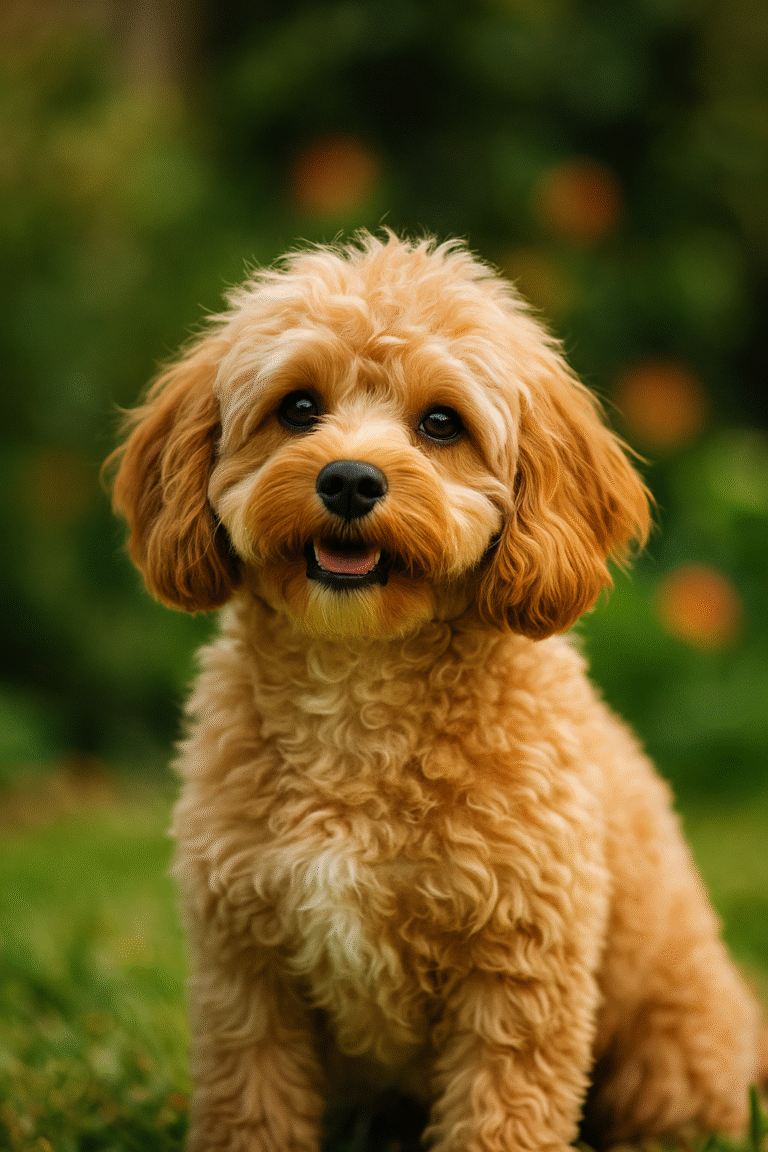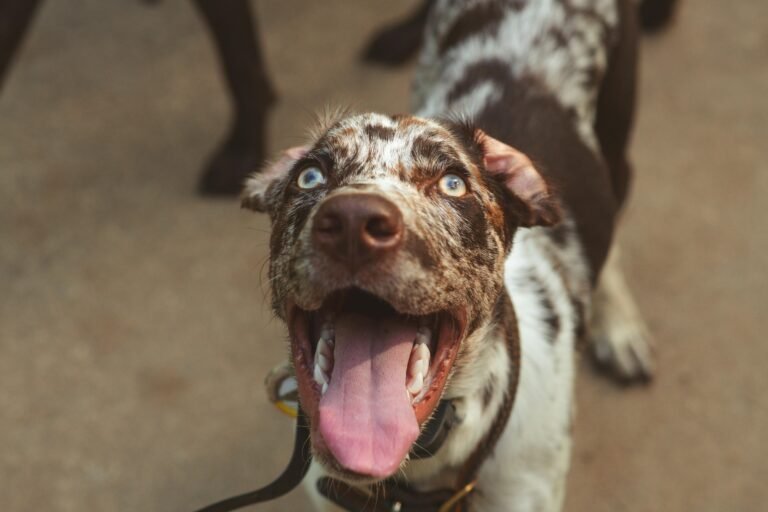The Chow Chow is one of the most distinctive breeds in the canine world. With its leonine mane, deep‑set eyes, and unique blue‑black tongue, this ancient Chinese breed has captivated dog lovers for centuries. Often described as aloof yet devoted, the Chow Chow carries an air of dignity that matches its storied past. In this comprehensive guide, we’ll explore the rich history of the Chow Chow, examine its physical attributes and temperament, and provide practical advice on training, grooming, and health care to help you decide whether this regal breed is the right fit for your family.
History and Origins
The origins of the Chow Chow date back thousands of years to northern China and Mongolia, where similar‑looking dogs are depicted in ancient artifacts and pottery. They were bred as versatile working dogs used for hunting, herding, guarding, and pulling carts for nomadic tribes. The breed’s name in Chinese, “Songshi Quan,” loosely translates to “puffy lion dog,” a nod to its plush coat and dignified demeanor.
These dogs were prized by Chinese nobility and even thought to have been kept in the imperial palaces. Historical records mention that the Chinese Emperors maintained kennels with thousands of Chow Chows to protect their grounds. Marco Polo and other Western explorers wrote about lion‑like dogs in the East, but it wasn’t until the late 18th century that the breed was introduced to Europe. British merchants brought a handful of specimens back from China, and the breed quickly attracted attention for its exotic appearance. By the late 1800s, Chow Chows were exhibited at dog shows in England, and the breed was officially recognized by the Kennel Club in 1894. The American Kennel Club followed suit in 1903.
Physical Characteristics and Appearance
Chow Chows are medium‑sized dogs with a sturdy, squarely built frame. Males typically stand 19–22 inches tall at the shoulder, while females range from 18–20 inches. Their weight can vary between 45‑70 pounds depending on sex and body type. The most striking feature of the breed is its abundant double coat, which can be either rough (long and coarse) or smooth (shorter and dense). Coat colors include red, black, blue, cinnamon, and cream, all solid with or without shading.
The head of a Chow Chow is broad with a flat skull, small triangular ears that stand erect, and a short, broad muzzle. A distinctive feature is their blue‑black tongue and oral tissues, which set them apart from almost every other breed. Their eyes are deep‑set and almond‑shaped, giving them a scowling or frowning expression. The breed’s tail is feathered and carried high, curling over the back. While their lion‑like appearance is alluring, prospective owners should remember that the dense coat sheds heavily and requires consistent grooming to prevent matting and skin issues.
Temperament and Personality
The Chow Chow is often characterized by its cat‑like aloofness and independent spirit. Unlike some breeds that thrive on constant affection, Chow Chows tend to be reserved and dignified. They are typically loyal to their family members but may be standoffish or suspicious toward strangers. Early socialization is crucial to ensure they remain stable and well‑adjusted. When properly socialized, many Chow Chows are calm, polite companions that coexist peacefully with children and other pets. However, because of their guarding instincts, they may not tolerate rough handling or chaos.
These dogs are highly territorial and make excellent watchdogs. Their natural wariness of unfamiliar people means they will alert you to any unusual activity around the home. However, the same protective instinct requires careful management. Without proper training, a Chow Chow can become overly reactive and potentially aggressive toward visitors or other dogs. To prevent this, owners must reinforce positive interactions and provide consistent boundaries. It’s important to understand that while a Chow Chow may not greet everyone with tail‑wagging exuberance, their reserved demeanor does not mean they are unfriendly. Instead, they prefer to form deep bonds with a select few.
Training and Socialization
Training a Chow Chow requires patience, consistency, and an understanding of the breed’s independent nature. They are intelligent dogs but often display a strong will and may not respond to training methods that rely solely on repetitive obedience drills. Positive reinforcement techniques, including treats, praise, and play, work best. Keep training sessions short and varied to maintain their interest. Introducing your Chow Chow to a variety of people, places, and situations from a young age will help mitigate their natural aloofness.
Start socialization early by exposing your puppy to household noises, car rides, other dogs, and friendly visitors. Enrolling in a puppy socialization class can also provide structured interactions with other pups. Teach basic commands like sit, stay, and recall, and practice them regularly. Because of their powerful build, it’s essential to instill good leash manners; a well‑trained Chow Chow will walk calmly by your side without pulling. If you encounter behavioral challenges such as stubbornness or aggression, seek guidance from a professional trainer experienced with guardian breeds. With the right approach, a Chow Chow can become a well‑behaved companion who respects your leadership while retaining its dignified demeanor.
Grooming and Care
Chow Chows are famous for their thick coats, and maintaining that signature mane requires dedication. Both rough and smooth‑coated varieties shed year‑round, with heavier shedding during seasonal changes in spring and fall. Brushing at least three to four times a week is essential to remove loose hair, prevent matting, and keep the skin healthy. Use a pin brush and undercoat rake to reach the dense underlayer. During heavy shedding periods, daily grooming may be necessary to keep your house from becoming covered in fur.
Bathing should be done every six to eight weeks or as needed to prevent the coat from becoming oily or dirty. Always dry the coat thoroughly after a bath to avoid skin problems. Pay special attention to the areas behind the ears and around the neck, where mats can form. In addition to coat care, regular maintenance should include trimming the nails, cleaning the ears, and brushing the teeth. Because Chow Chows have deep‑set eyes, some may develop tear staining or require gentle cleaning around the eyes.
Exercise requirements for Chow Chows are moderate. They enjoy daily walks and short play sessions but are not high‑energy dogs. However, they do need mental stimulation to prevent boredom. Puzzle toys, scent games, and training exercises can keep their minds engaged. Due to their heavy coat, they can overheat easily in hot weather, so exercise them during cooler parts of the day and provide plenty of water and shade.
Health Considerations
Like all breeds, Chow Chows are prone to certain genetic health conditions. Common issues include hip and elbow dysplasia, where the joints develop abnormally and can lead to arthritis or pain. Responsible breeders screen breeding dogs to minimize the risk of passing on these conditions. Eye disorders, such as entropion (inward rolling of the eyelids), can also affect Chow Chows and may require surgical correction. Because of their deep‑set eyes and wrinkles, owners should monitor for redness, discharge, or signs of discomfort.
Autoimmune disorders are another concern. Some Chow Chows are susceptible to autoimmune thyroiditis, which can cause weight gain, lethargy, and coat changes. Regular veterinary checkups and blood tests can help detect thyroid issues early. Additionally, the breed’s heavy coat and deep skin folds make them prone to hot spots and other skin infections, especially in humid climates or if grooming is neglected.
Providing a nutritious diet appropriate for their age and activity level is critical to maintaining health. Overfeeding can lead to obesity, which puts additional stress on the joints and heart. Consult your veterinarian for recommendations on high‑quality food and portion sizes. Regular vaccinations, parasite prevention, and dental care are also essential parts of keeping your Chow Chow healthy. By working with a trusted veterinarian and staying alert to any changes in your dog’s behavior or appearance, you can address health issues promptly and ensure a long, comfortable life.
Is the Chow Chow Right for You?
Bringing a Chow Chow into your life should be a well‑considered decision. These dogs thrive in homes where they are treated with respect and given clear boundaries. They are best suited to experienced dog owners who appreciate their independent nature and are willing to invest time in training and socialization. While Chow Chows can adapt to apartment living, they require regular walks and mental stimulation. Their thick coats also mean that living in hot climates can be challenging; air conditioning and careful temperature management are essential.
Families with small children should ensure that interactions are gentle and supervised, as the breed may not tolerate rough handling. If you have other pets, slow introductions and proper socialization are critical. When properly trained and cared for, a Chow Chow can be a loyal, protective companion with a calm presence that brings a sense of tranquility to the household. The key is to respect their boundaries, provide consistent leadership, and cherish their unique personality. If you’re drawn to a dignified dog with a fascinating history and you’re prepared for the grooming and training responsibilities, the Chow Chow may be the perfect addition to your family.
Conclusion
With its lion‑like appearance and enigmatic personality, the Chow Chow remains one of the most intriguing breeds in the canine world. Whether you’re captivated by their history or enamored with their unique looks, understanding the needs of this breed is crucial to forming a successful bond. By respecting their independence, investing in early socialization, maintaining their luxurious coat, and staying vigilant about health care, you’ll be rewarded with a loyal companion whose stoic presence and quiet devotion make every effort worthwhile.






